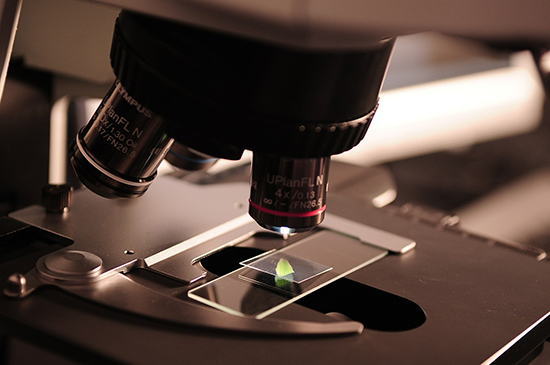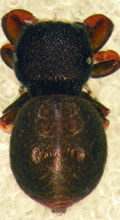Latest News Archive
Please select Category, Year, and then Month to display items
 Join the Faculty of Health Sciences on 30 and 31 August for a programme packed with high-quality research.
Join the Faculty of Health Sciences on 30 and 31 August for a programme packed with high-quality research.
Fifty years ago, visionaries in health care established a research forum. Today, the
Faculty of Health Sciences celebrates all researchers who have shared their work during the past five decades.
On 30 and 31 August 2018, the Faculty Research Forum will once again be characterised by high-quality presentations, covering a range of relevant topics – a couple of which will receive awards at the conclusion of the forum. Attendees can also view and engage with exhibitors.
Forum programme
UFS entomologists describe a new spider species
2014-02-19
|
 |
It is about 3mm in size and almost looks like a ladybird, but this new spider is the cause of great excitement at the University of the Free State’s (UFS’s) Department of Zoology and Entomology.
The new species of spider, now known as Rhene amanzi, was recently described for the first time and was ‘introduced’ to other arachnologist at the recent congress of the African Arachnology Society at Amanzi Private Reserve.
Dr Charles Haddad, senior lecturer in the UFS’s Department of Zoology and Entomology, said they already stumbled upon the male spider in 2010 when a student was doing research at the reserve. After a very long process, the spider was described and a couple of weeks ago, whilst at the congress, they also found the female.
“Up to now we only know that the spider lives in trees in the Brandfort area. The range could be wider, but since it was only described recently, other arachnologists will only now be able to identify accurately.”
Dr Haddad says they still have to determine how many eggs the female is able to lay, what the spider’s life cycle looks like and what their habitual preferences are.
“What we do know is that it probably isn’t poisonous and that the spider imitates a ladybird in order to protect itself against predators.”